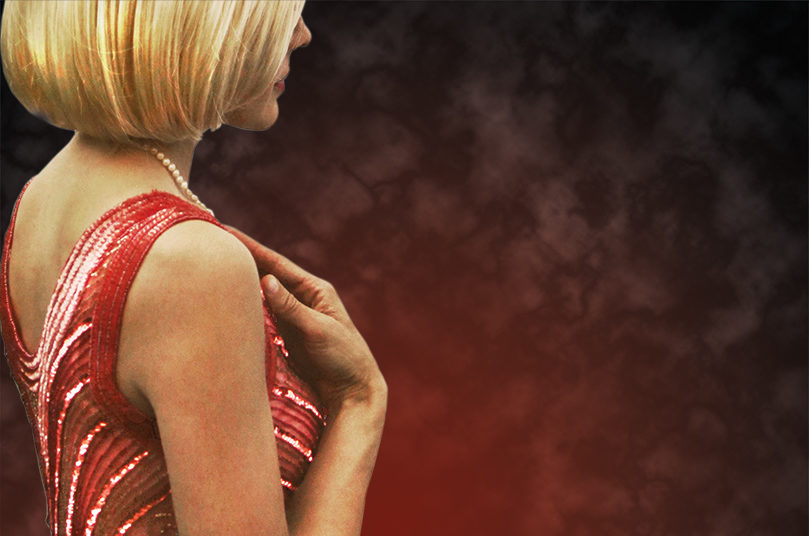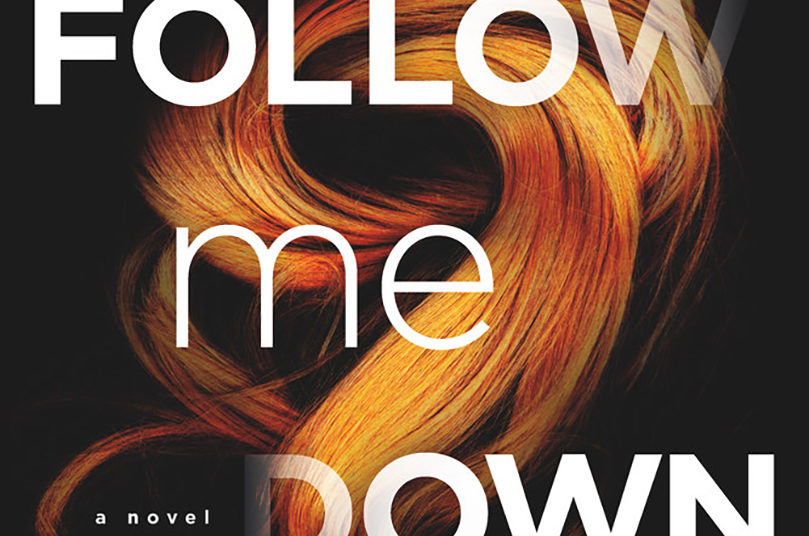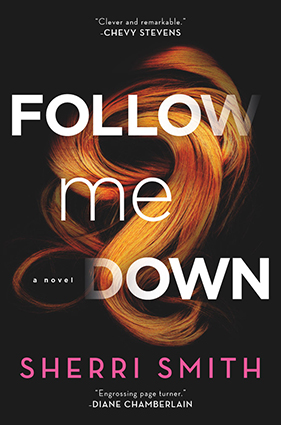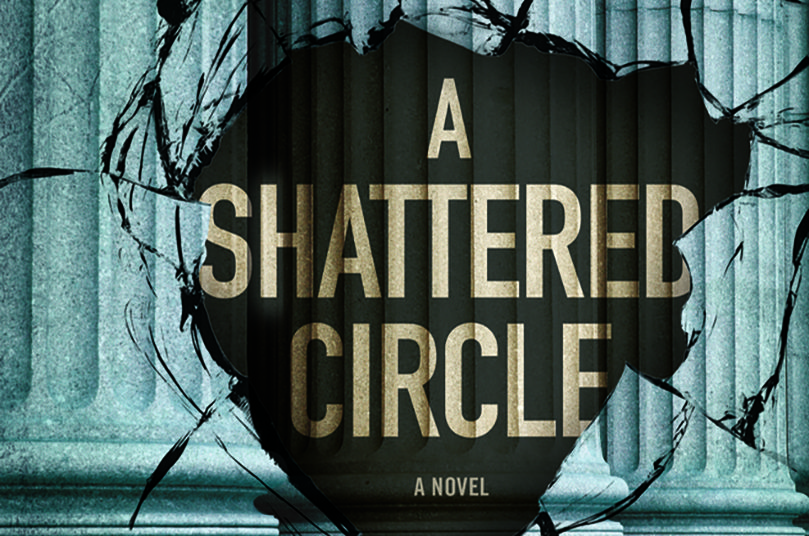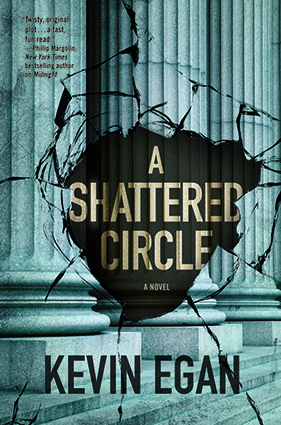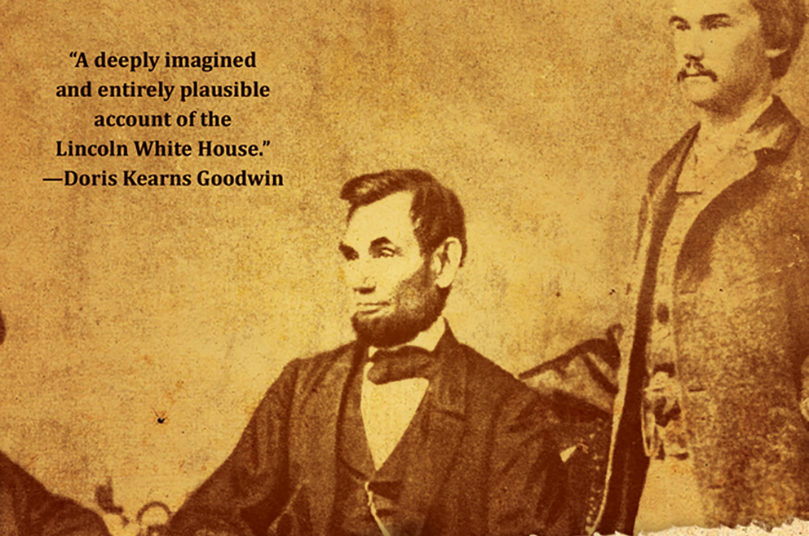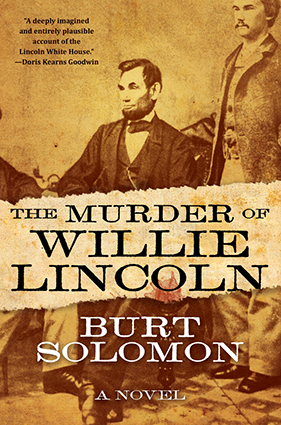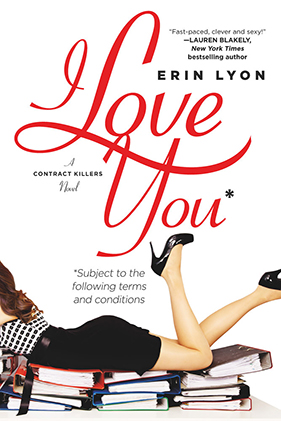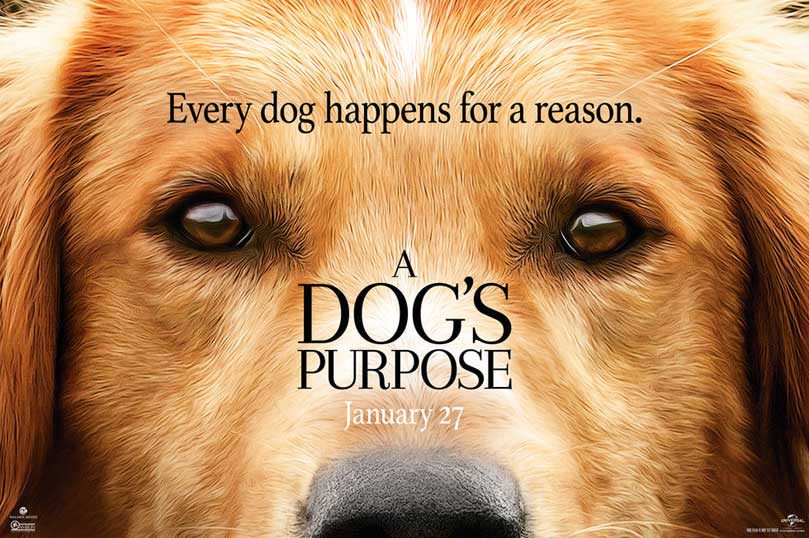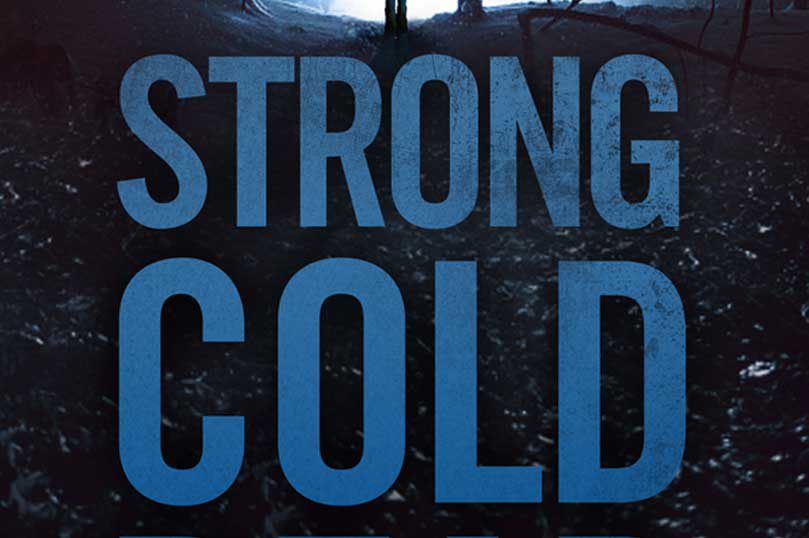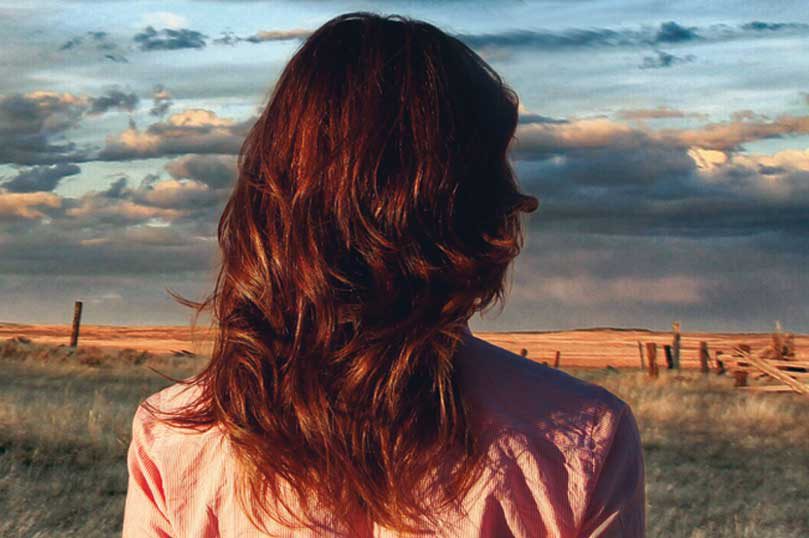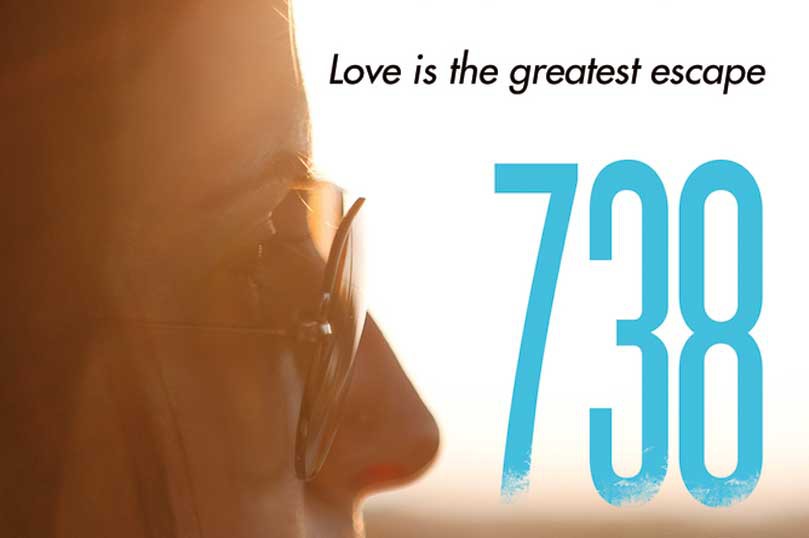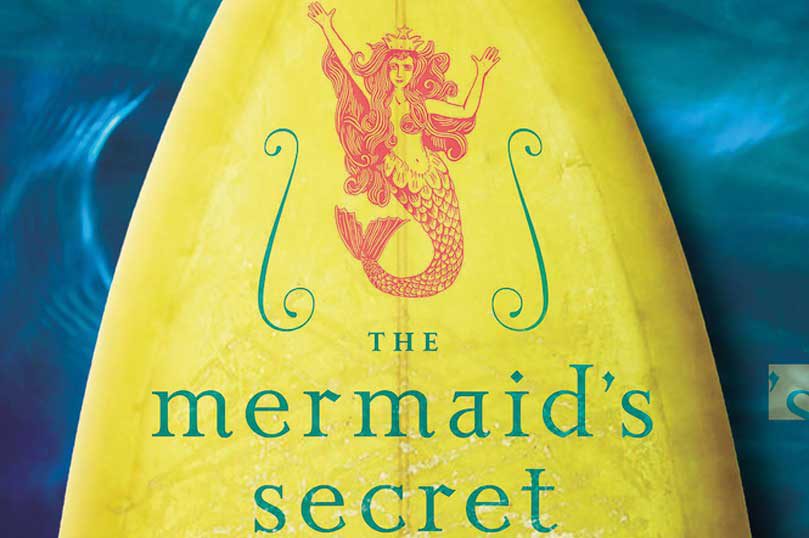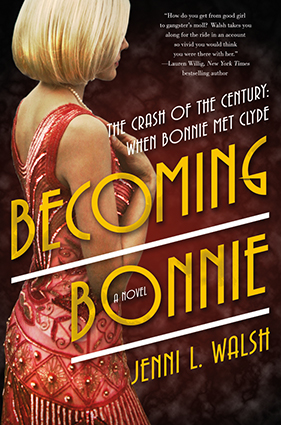 Becoming Bonnie is the story of Bonnelyn Parker, a young woman who has her whole life ahead of her – until she meets the young Clyde Barrow. We asked Jenni L. Walsh some questions about her upcoming book about half of the famous criminal duo.
Becoming Bonnie is the story of Bonnelyn Parker, a young woman who has her whole life ahead of her – until she meets the young Clyde Barrow. We asked Jenni L. Walsh some questions about her upcoming book about half of the famous criminal duo.
Will you tell us a little about Becoming Bonnie and what inspired you to write it?
Becoming Bonnie is the story of how Bonnie becomes the Bonnie of Bonnie and Clyde. The novel begins with her as Bonnelyn, a fictional name I dreamed up to depict her as a wholesome, church-going gal. By the novel’s end, she’s Bonnie, half of the infamous Bonnie and Clyde duo.
That transformation is the crux of the story, taking a young girl who was promised the American dream but who was instead given the Great Depression. The circumstances, hurdles, and obstacles she faces all lead to the pinnacle moment where she falls for a convicted felon—and turns to crime herself.
Interestingly enough, this story isn’t the one I first sought to tell. Driven by my desire to write the story of an iconic figure, I first began writing my own version of Bonnie and Clyde’s 1930s crime spree. I quickly put on the brakes, realizing I first needed readers to understand who Bonnie really was. What made her tick? What was her background? Why was she so loyal to Clyde Barrow? So I put what I’d written aside, hoping to one day use it in a sequel, and started over, going back five years to tell Bonnie Parker’s origin story, which also allowed me to drop Bonnie into a 1920s speakeasy in the middle of a foxtrot. Now that was a good time.
What did you enjoy most about writing it, and what was most challenging?
Both these questions can be answered with the same answer: Not much about Bonnie Parker’s background is known.
Sure, we know some things about Bonnie’s upbringing and her passions in life, along with how she met Clyde Barrow, but ultimately, I had a lot of leeway to tell the story I wanted to tell. I took what realities I could find, though one person’s account often contradicted with another’s first-hand anecdote, and I used those ‘truths’ as guideposts. Then I took the reader from point A to point B with whatever my imagination dreamed up. This was a lot of fun, but being Bonnie Parker is an actual person, I also had fears of misrepresenting her—and that I’d get called out for it. Even though Becoming Bonnie is fictional, I want those familiar with her real-life story to feel satisfied with my spin on it.
What’s the most interesting thing you learned while researching Becoming Bonnie?
Along with Bonnie’s background, I also dove into Clyde’s. While his violent and criminal actions are inexcusable, it was fascinating to see how he got to a place where crime was his answer, and maybe, just maybe, how his story would’ve gone differently if life wouldn’t zigged instead of zagged. I don’t want to go into too much detail, as my book touches upon these elements, but as a boy Clyde got a sickness that took some of his hearing. In his teens, he tried to apply to the Navy, however he received a medical rejection. But what if he hadn’t? What if Clyde joined the Navy? Would it have been the structure he needed? Would it have been a way for him to get what he wanted out of life? And ultimately, would he ever have met Bonnie Parker? You’ll see in Becoming Bonnie, that Bonnie has a very large role in Clyde becoming who he is, as well.
What’s your favorite word?
So, there’s one word I had to use when I set my book in the 1920s. Heebie-jeebies.
That word, or maybe its a phrase, has stuck with me for nearly twenty-two years, ever since witnessing this adorable back and forth on Boy Meets World:
Topanga: Why are you looking at me like that?
Cory: I will always look at you like this.
Topanga: Well, stop.
Cory: Why?
Topanga: Because you’re giving me the heebie-jeebies.
Cory: Good.
What’s the first book you remember loving?
One of the first books I bought for my kids because of a vague remembrance was Are You My Mother? My own mom said she used to read it nonstop to me when I was a youngster.
What’s your favorite method of procrastination?
Besides the obvious answer of social media, I procrastinate so much by rereading what I’ve already written, instead of writing brand new words and continuing my story. I’m sure there are worse forms of procrastination out there, but it eats up huge chunks of time, when I already have such small windows of time to write, thanks to my very demanding but very cute one-year-old and three-year-old.
What’s next for you?
I’m currently busy writing the sequel to Becoming Bonnie called Being Bonnie. I’m excited to get the chance to write the story I first set out to tell, and to continue Bonnie and Clyde’s story into the 1930s. The contrast of the settings from one book to the other has been a fun challenge to tackle, along with how I’m going to bring Bonnie’s story to an end.
Order Your Copy
Follow Jenni L. Walsh on Twitter, on Facebook, and on her website.

